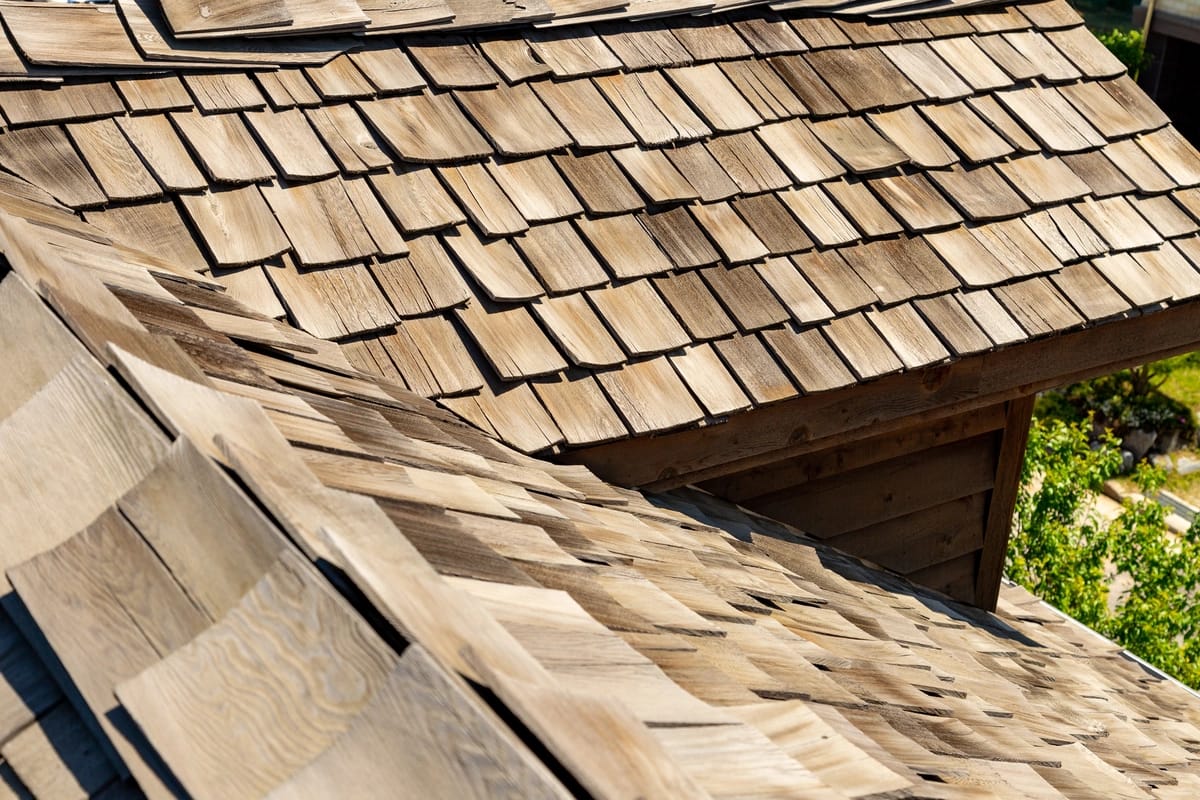Cedar shake roofing adds a classic, rustic charm to any home. It’s durable and offers excellent insulation.
Installing cedar shakes on your roof might seem daunting. But with the right steps, it can be manageable. Cedar shakes, made from natural wood, provide a unique and attractive look. They age beautifully, adding character to your home over time.
Plus, cedar shakes are known for their durability and resistance to the elements. This guide will walk you through the process. You’ll learn everything from preparation to finishing touches. By the end, you’ll have a stunning cedar shake roof that stands out. Let’s dive into the steps and get started!
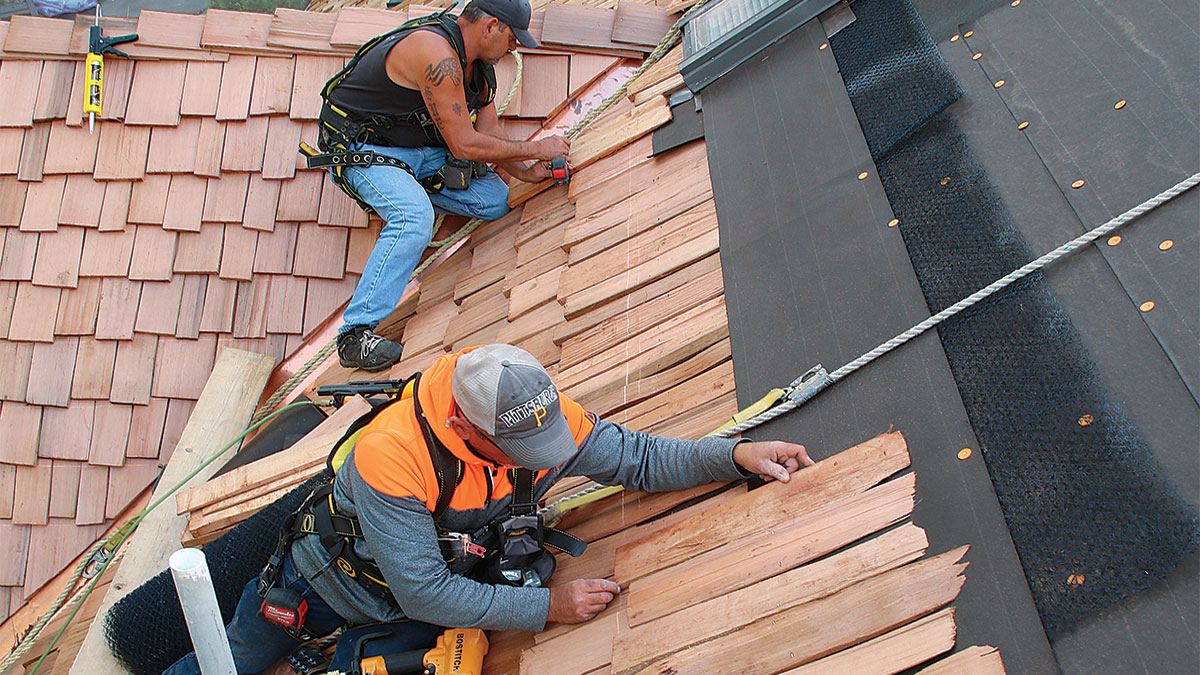
Credit: www.finehomebuilding.com
Introduction To Cedar Shaking
Cedar shakes are a popular choice for roofing. They add a natural look to homes. Cedar shakes are also durable. They can last for many years. Cedar shakes provide good insulation. They help keep homes warm in winter and cool in summer. Cedar shakes are also resistant to insects and rot. This makes them a great option for many homeowners.
Benefits Of Cedar Shakes
Cedar shakes have many benefits. They are long-lasting. They can withstand harsh weather. Cedar shakes are eco-friendly. They come from a renewable resource. Cedar shakes also have a unique look. They make homes stand out. Cedar shakes are also fire-resistant. This can add extra safety to your home.
Essential Tools And Materials
| Tool | Purpose |
|---|---|
| Hammer | To drive nails into the shakes |
| Nails | To secure the shakes to the roof |
| Measuring Tape | To measure the roof area |
| Utility Knife | To cut the shakes to size |
| Roofing Felt | To provide a moisture barrier |
| Chalk Line | To mark guide lines |
Preparing Your Roof
Check your roof for any damage. Look for cracks, holes, or weak spots. Fix any issues before starting. A strong roof ensures the shakes will last longer. Safety first. Wear gloves and a helmet. Use a ladder safely. Do not rush. Take your time to check everything.
Remove old shingles carefully. Use a pry bar or shingle remover. Start at the top and work down. Dispose of old shingles properly. Check for any nails left behind. Clean the roof after removing shingles. Prepare the surface for new cedar shakes.
Installing The Underlayment
Begin by placing the underlayment directly on the roof deck. Ensure it covers the entire surface evenly. This layer helps protect against moisture.
Choosing The Right Underlayment
Picking the right underlayment is crucial. It protects your roof. Felt paper is a common choice. It is affordable and effective. Synthetic underlayment is another option. It lasts longer and is more durable. Make sure to check for compatibility. Cedar shakes need special care. Choose an underlayment that allows the roof to breathe. This prevents moisture buildup and mold.
Proper Underlayment Installation
Lay the underlayment flat. Start from the bottom edge. Overlap each row by 2 inches. This ensures no gaps. Secure it with nails or staples. Space them 12 inches apart. Pay attention to the edges and corners. They need extra care. Make sure the underlayment is tight. No wrinkles or bubbles. These can cause problems later. Double-check your work. A well-installed underlayment is key.
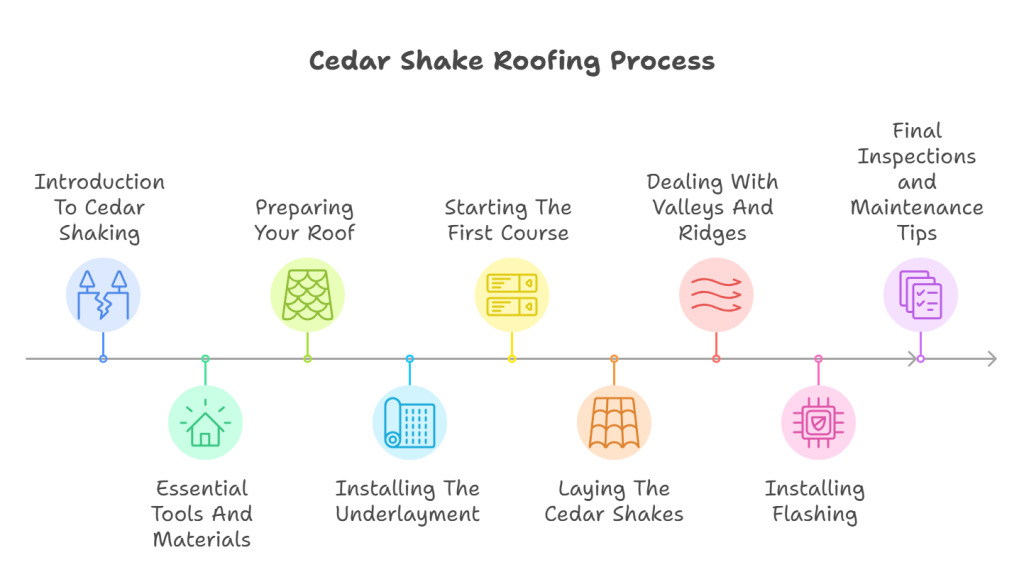
Starting The First Course
First, place the starter strip at the roof’s edge. Make sure it is straight. Use a chalk line for guidance. This helps keep the strip aligned. The starter strip is important. It keeps water away from the roof.
Use two nails per shake. Place them about an inch from the edges. Keep the nails level. This prevents the shakes from splitting. Position the shakes with a gap. This allows them to expand. Continue nailing each shake. Keep them even and straight.
Laying The Cedar Shakes
Ensure that each shake has a gap of 3/8 inch. This allows for expansion. Overlap the shakes at least 1.5 inches. This helps keep water out. Place the first row at the eaves. Each row should cover the nails of the row below.
Use galvanized nails. They resist rust. Place two nails per shake. About 1 inch from the edge. Nails should be 1 inch above the exposure line. Ensure they penetrate into the sheathing. This provides a secure hold.
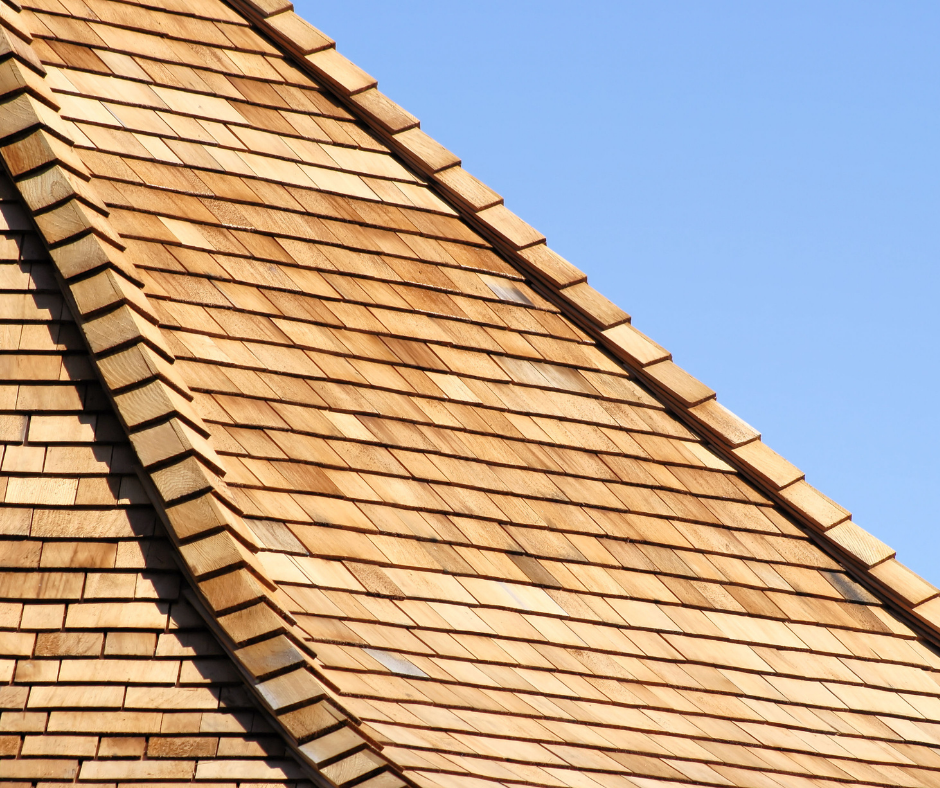
Credit: www.longhousecedar.com
Dealing With Valleys And Ridges
Installing cedar shakes on a roof involves careful attention to valleys and ridges. Proper alignment and secure fastening ensure durability and a weatherproof seal. Keep each shake even and tightly fitted for the best results.
Installing In Roof Valleys
Start by laying a strip of felt in the valley. This helps protect the roof. Next, place the cedar shakes carefully. Make sure they overlap each other. This prevents water from seeping through. Use nails to secure the shakes. Space the nails evenly. This keeps the shakes in place. Repeat the process on both sides of the valley. Ensure the shakes form a tight seal.
Finishing Roof Ridges
Begin by placing a strip of felt on the ridge. It provides extra protection. Lay the cedar shakes over the felt. Make sure they overlap. This prevents leaks. Secure the shakes with nails. Use enough nails to hold them firmly. Continue until the entire ridge is covered. Ensure each shake is tightly fitted. This gives a neat finish. It also ensures durability.
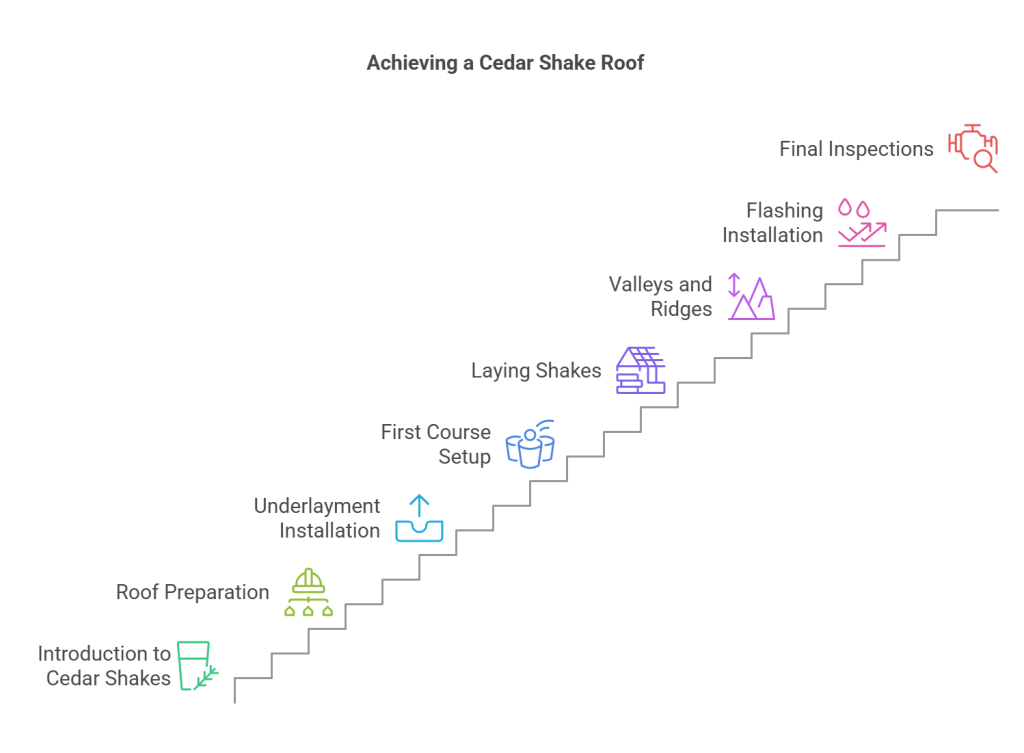
Installing Flashing
Flashing should be placed in areas where the roof meets walls, chimneys, or vents. These spots are prone to leaks. Place flashing around dormers and skylights too. The edges of the roof need flashing as well. This protects against water damage. Proper placement is key for a durable roof.
Use nails or screws to secure the flashing. Make sure they are rust-resistant. Seal the edges with roofing cement. This ensures no water can seep through. Press the flashing firmly in place. Check all corners and edges. They should be tight and secure. Proper securing keeps the roof strong.
Final Inspections
Check the roof for any gaps. Look closely at each shake. Ensure they are all aligned properly. Misaligned shakes can cause leaks. Use a ladder for a better view. Small gaps can let water in. This can damage the roof. Fix any issues right away. A well-aligned roof lasts longer.
Proper ventilation is key. Roofs need to breathe. Check for vents. Make sure they are not blocked. Good airflow prevents moisture build-up. This stops mold and rot. Roof vents help keep the house cool. They also extend the roof’s life. Always ensure vents are clear.
Maintenance Tips
Clean cedar shakes with a soft brush and water. Avoid high-pressure washing. It can damage the wood. Remove moss and mold gently. Use a mixture of water and mild detergent. Rinse well after cleaning. Let the shakes dry completely. Apply a wood preservative to protect from rot. Treat every few years.
Inspect your roof twice a year. Look for damaged shakes. Check for loose nails and fix them. Watch for signs of rot or mold. Replace any broken shakes. Trim trees near the roof. This prevents debris build-up. Keep gutters clean to avoid water damage.
Frequently Asked Questions
What Is Cedar Shake Roofing?
Cedar shake roofing is made from natural cedar wood. It offers a rustic, textured look. This type of roofing is durable and weather-resistant.
How Long Does Cedar Shake Roofing Last?
Cedar shake roofing typically lasts 30 to 50 years. Proper maintenance can extend its lifespan. Regular cleaning and inspections are essential.
Are Cedar Shakes Environmentally Friendly?
Yes, cedar shakes are environmentally friendly. They are made from renewable resources. Cedar shakes are biodegradable and have a low carbon footprint.
How Do You Maintain Cedar Shake Roofing?
Maintain cedar shake roofing by cleaning off debris. Inspect for damage regularly. Treat with wood preservatives to prevent rot and decay.
Conclusion
Cedar shaking a roof is a rewarding task. It adds beauty and value. Remember to follow each step carefully. Use quality materials for best results. Safety should always be your top priority. Take your time and enjoy the process. Soon, you will have a durable, charming roof.
Your home will stand out and look fantastic. Happy roofing!

